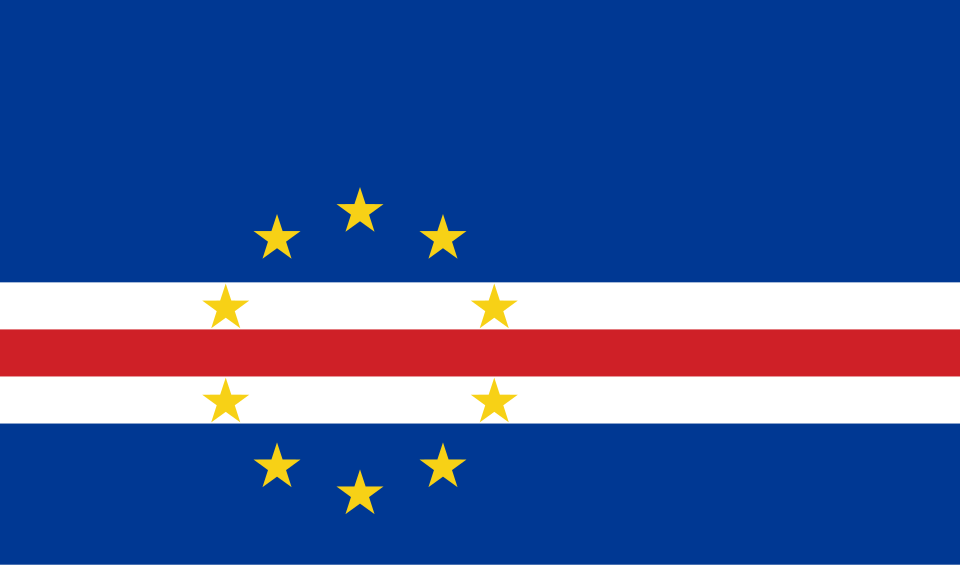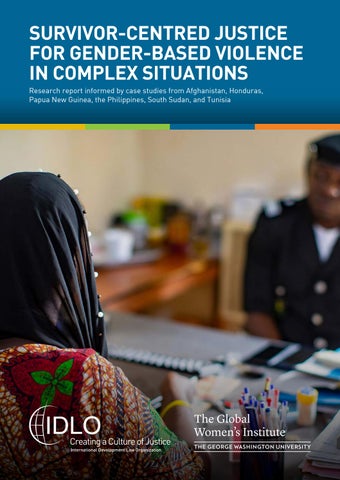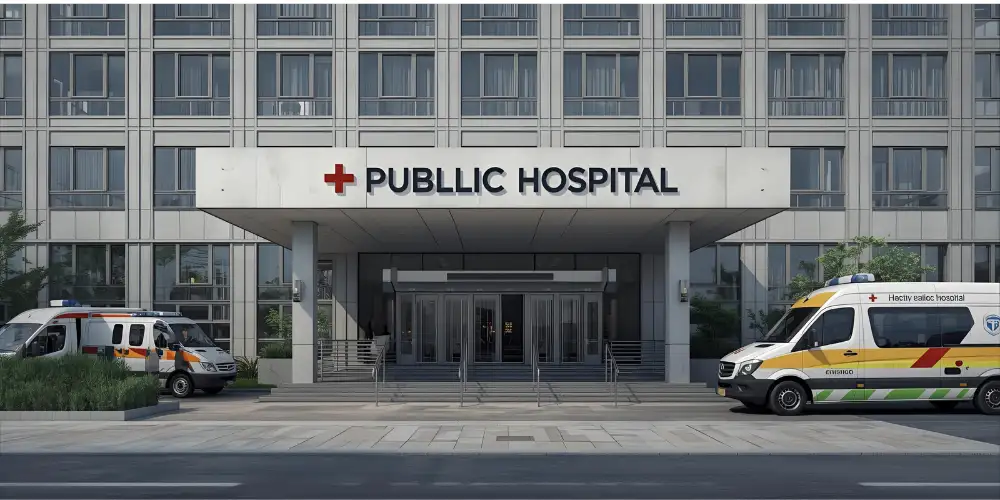Upgraded Maio Port to Transform Cabo Verde’s Economy and Boost Regional Trade
Upgraded Maio Port to Transform Cabo Verde’s Economy and Boost Regional Trade

The African Development Bank (AfDB) President, Dr. Akinwumi A. Adesina, officially inaugurated the upgraded Maio Port in Cabo Verde on Wednesday. This milestone project is expected to significantly reduce sea travel time to the capital city, Praia, and foster increased local and regional trade opportunities. The upgrade reflects a strong commitment to boosting Cabo Verde’s economic resilience and integrating it more deeply into regional and global markets.
The modernization of the Ports of Maio and Palmeira, which involved a total investment of €36 million, is part of a broader national strategy to enhance maritime infrastructure and promote economic diversification in Cabo Verde. The project aligns with the country’s ambition to become a key logistics hub in the West African region, leveraging its strategic Atlantic Ocean location.
Strategic Importance of the Maio Port Upgrade
Maio Island, though relatively small and less developed compared to other islands in the archipelago, plays a crucial role in Cabo Verde’s maritime network. Before the upgrade, the port faced operational limitations due to aging infrastructure, which hindered efficient cargo handling and prolonged travel times. These challenges affected local businesses and limited trade potential.
The upgrade transforms Maio Port into a modern facility capable of handling larger vessels and increased cargo volumes. This will not only improve logistics efficiency but also reduce transportation costs, which is critical for an island economy highly dependent on imports and exports.
During the inauguration, Dr. Adesina emphasized that “modern infrastructure is a cornerstone for sustainable development. The enhanced Maio Port will unlock economic opportunities for the island’s residents and connect Cabo Verde more effectively with its trading partners.”
Comprehensive Economic Benefits
The economic impact of the upgraded port extends beyond maritime activities. It is expected to stimulate several interconnected sectors:
- Trade Enhancement: Reduced sea travel times and increased port capacity will facilitate smoother import-export operations, allowing local producers to access new markets and consumers to benefit from more diverse goods.
- Employment Generation: Both the construction phase and ongoing port operations provide direct and indirect job opportunities, including roles in logistics, customs, and services.
- Tourism Development: Improved port facilities can attract cruise ships and ferries, boosting tourism revenue and supporting local businesses like hotels, restaurants, and tour operators.
- Business Growth: Reliable maritime infrastructure encourages investment in warehousing, freight forwarding, and related industries, fostering a vibrant business ecosystem.
- Regional Integration: Enhanced maritime connectivity supports regional trade agreements, making Cabo Verde a vital hub for West African commerce.
Technical Details of the Modernization
The €36 million project involved several technical improvements at both Maio and Palmeira ports, focusing on long-term sustainability and efficiency:
- Reinforced Quay Walls and Docks: Capable of accommodating larger cargo and passenger vessels, this upgrade improves safety and handling speed.
- Advanced Cargo Handling Equipment: Installation of modern cranes and automated systems boosts operational efficiency and reduces turnaround times.
- Enhanced Navigational Aids: Upgraded lighting, radar, and communication systems enhance maritime safety and facilitate night operations.
- Storage and Logistics Facilities: Improved warehousing solutions provide secure and efficient goods management, minimizing losses and delays.
- Environmental Safeguards: Measures to mitigate ecological impacts, such as pollution control and waste management systems, ensure sustainable port operations.
Boosting Regional Trade and Maritime Connectivity
Cabo Verde’s geographic location off the West African coast makes it a natural transshipment point between Africa, Europe, and the Americas. By modernizing its ports, the country enhances its ability to serve as a logistical hub that supports not only domestic trade but also regional and international maritime commerce.
This upgrade aligns with continental ambitions such as the African Union’s Agenda 2063, which envisions an integrated and prosperous Africa with modern infrastructure facilitating intra-African trade and economic cooperation.
Improved port facilities enable Cabo Verde to better connect with neighboring countries, reducing reliance on costly and slow alternatives. Enhanced maritime routes foster smoother supply chains and encourage cross-border investments.
Role of the African Development Bank in Africa’s Infrastructure Growth
The African Development Bank has been a vital partner in Cabo Verde’s port upgrade project. AfDB’s financial and technical support illustrates its broader mission to foster economic development through strategic investments in infrastructure.
By supporting projects like Maio Port’s modernization, AfDB contributes to improving transport networks, boosting trade, and ultimately enhancing living standards across Africa.
Dr. Adesina remarked, “This project exemplifies how infrastructure development can unlock economic potential and create sustainable prosperity for communities. We are proud to partner with Cabo Verde in this transformative journey.”
Future Prospects and Challenges
While the upgraded Maio Port promises substantial benefits, sustaining these gains will require ongoing attention to several key areas:
- Maintenance and Operations: Ensuring the port’s facilities are regularly maintained and operated efficiently is essential to maximize capacity and service quality.
- Capacity Building: Investing in workforce training and embracing digital technologies can optimize port management and logistics operations.
- Environmental Sustainability: Ongoing efforts to minimize ecological impact and adapt to climate change effects are crucial for long-term resilience.
- Complementary Infrastructure: Expanding road networks, customs facilities, and inland logistics hubs will enhance the port’s overall effectiveness.
- Policy and Regulatory Framework: Streamlined customs procedures and supportive trade policies will facilitate faster clearance and reduce bottlenecks.
Addressing these challenges will help Cabo Verde fully capitalize on its upgraded maritime infrastructure and strengthen its competitive position.
Supporting Sustainable Development Goals (SDGs)
The Maio Port upgrade contributes to several United Nations Sustainable Development Goals:
- SDG 8 – Decent Work and Economic Growth: By creating jobs and stimulating trade, the project promotes inclusive economic growth.
- SDG 9 – Industry, Innovation and Infrastructure: Modern infrastructure and innovation are central to the port’s transformation.
- SDG 13 – Climate Action: Incorporating environmental safeguards supports climate resilience.
- SDG 17 – Partnerships for the Goals: The collaboration between Cabo Verde and AfDB exemplifies global partnerships for sustainable development.
Further Resources and Related Topics
- African Development Bank Official Press Release
- African Development Bank (AfDB) Homepage
- Learn More About Infrastructure Development in Africa
- Explore Regional Trade and Economic Integration
- Climate Resilience in Infrastructure Projects
Conclusion
The upgraded Maio Port is a cornerstone for Cabo Verde’s sustainable economic future and regional trade leadership. With modern infrastructure, strategic investments, and collaborative partnerships, Cabo Verde is well-positioned to harness new opportunities and improve livelihoods for its people.
This project demonstrates the critical role that targeted infrastructure development plays in Africa’s growth story, offering a replicable model for other island nations and coastal economies.
As Cabo Verde continues to implement complementary policies and investments, the port upgrade will serve as a powerful catalyst for long-term prosperity and regional connectivity.
Upgraded Maio Port to Transform Cabo Verde’s Economy and Boost Regional Trade
Upgraded Maio Port to Transform Cabo Verde’s Economy and Boost Regional Trade

The African Development Bank (AfDB) President, Dr. Akinwumi A. Adesina, officially inaugurated the upgraded Maio Port in Cabo Verde on Wednesday. This milestone project is expected to significantly reduce sea travel time to the capital city, Praia, and foster increased local and regional trade opportunities. The upgrade reflects a strong commitment to boosting Cabo Verde’s economic resilience and integrating it more deeply into regional and global markets.
The modernization of the Ports of Maio and Palmeira, which involved a total investment of €36 million, is part of a broader national strategy to enhance maritime infrastructure and promote economic diversification in Cabo Verde. The project aligns with the country’s ambition to become a key logistics hub in the West African region, leveraging its strategic Atlantic Ocean location.
Strategic Importance of the Maio Port Upgrade
Maio Island, though relatively small and less developed compared to other islands in the archipelago, plays a crucial role in Cabo Verde’s maritime network. Before the upgrade, the port faced operational limitations due to aging infrastructure, which hindered efficient cargo handling and prolonged travel times. These challenges affected local businesses and limited trade potential.
The upgrade transforms Maio Port into a modern facility capable of handling larger vessels and increased cargo volumes. This will not only improve logistics efficiency but also reduce transportation costs, which is critical for an island economy highly dependent on imports and exports.
During the inauguration, Dr. Adesina emphasized that “modern infrastructure is a cornerstone for sustainable development. The enhanced Maio Port will unlock economic opportunities for the island’s residents and connect Cabo Verde more effectively with its trading partners.”
Comprehensive Economic Benefits
The economic impact of the upgraded port extends beyond maritime activities. It is expected to stimulate several interconnected sectors:
- Trade Enhancement: Reduced sea travel times and increased port capacity will facilitate smoother import-export operations, allowing local producers to access new markets and consumers to benefit from more diverse goods.
- Employment Generation: Both the construction phase and ongoing port operations provide direct and indirect job opportunities, including roles in logistics, customs, and services.
- Tourism Development: Improved port facilities can attract cruise ships and ferries, boosting tourism revenue and supporting local businesses like hotels, restaurants, and tour operators.
- Business Growth: Reliable maritime infrastructure encourages investment in warehousing, freight forwarding, and related industries, fostering a vibrant business ecosystem.
- Regional Integration: Enhanced maritime connectivity supports regional trade agreements, making Cabo Verde a vital hub for West African commerce.
Technical Details of the Modernization
The €36 million project involved several technical improvements at both Maio and Palmeira ports, focusing on long-term sustainability and efficiency:
- Reinforced Quay Walls and Docks: Capable of accommodating larger cargo and passenger vessels, this upgrade improves safety and handling speed.
- Advanced Cargo Handling Equipment: Installation of modern cranes and automated systems boosts operational efficiency and reduces turnaround times.
- Enhanced Navigational Aids: Upgraded lighting, radar, and communication systems enhance maritime safety and facilitate night operations.
- Storage and Logistics Facilities: Improved warehousing solutions provide secure and efficient goods management, minimizing losses and delays.
- Environmental Safeguards: Measures to mitigate ecological impacts, such as pollution control and waste management systems, ensure sustainable port operations.
Boosting Regional Trade and Maritime Connectivity
Cabo Verde’s geographic location off the West African coast makes it a natural transshipment point between Africa, Europe, and the Americas. By modernizing its ports, the country enhances its ability to serve as a logistical hub that supports not only domestic trade but also regional and international maritime commerce.
This upgrade aligns with continental ambitions such as the African Union’s Agenda 2063, which envisions an integrated and prosperous Africa with modern infrastructure facilitating intra-African trade and economic cooperation.
Improved port facilities enable Cabo Verde to better connect with neighboring countries, reducing reliance on costly and slow alternatives. Enhanced maritime routes foster smoother supply chains and encourage cross-border investments.
Role of the African Development Bank in Africa’s Infrastructure Growth
The African Development Bank has been a vital partner in Cabo Verde’s port upgrade project. AfDB’s financial and technical support illustrates its broader mission to foster economic development through strategic investments in infrastructure.
By supporting projects like Maio Port’s modernization, AfDB contributes to improving transport networks, boosting trade, and ultimately enhancing living standards across Africa.
Dr. Adesina remarked, “This project exemplifies how infrastructure development can unlock economic potential and create sustainable prosperity for communities. We are proud to partner with Cabo Verde in this transformative journey.”
Future Prospects and Challenges
While the upgraded Maio Port promises substantial benefits, sustaining these gains will require ongoing attention to several key areas:
- Maintenance and Operations: Ensuring the port’s facilities are regularly maintained and operated efficiently is essential to maximize capacity and service quality.
- Capacity Building: Investing in workforce training and embracing digital technologies can optimize port management and logistics operations.
- Environmental Sustainability: Ongoing efforts to minimize ecological impact and adapt to climate change effects are crucial for long-term resilience.
- Complementary Infrastructure: Expanding road networks, customs facilities, and inland logistics hubs will enhance the port’s overall effectiveness.
- Policy and Regulatory Framework: Streamlined customs procedures and supportive trade policies will facilitate faster clearance and reduce bottlenecks.
Addressing these challenges will help Cabo Verde fully capitalize on its upgraded maritime infrastructure and strengthen its competitive position.
Supporting Sustainable Development Goals (SDGs)
The Maio Port upgrade contributes to several United Nations Sustainable Development Goals:
- SDG 8 – Decent Work and Economic Growth: By creating jobs and stimulating trade, the project promotes inclusive economic growth.
- SDG 9 – Industry, Innovation and Infrastructure: Modern infrastructure and innovation are central to the port’s transformation.
- SDG 13 – Climate Action: Incorporating environmental safeguards supports climate resilience.
- SDG 17 – Partnerships for the Goals: The collaboration between Cabo Verde and AfDB exemplifies global partnerships for sustainable development.
Further Resources and Related Topics
- African Development Bank Official Press Release
- African Development Bank (AfDB) Homepage
- Learn More About Infrastructure Development in Africa
- Explore Regional Trade and Economic Integration
- Climate Resilience in Infrastructure Projects
Conclusion
The upgraded Maio Port is a cornerstone for Cabo Verde’s sustainable economic future and regional trade leadership. With modern infrastructure, strategic investments, and collaborative partnerships, Cabo Verde is well-positioned to harness new opportunities and improve livelihoods for its people.
This project demonstrates the critical role that targeted infrastructure development plays in Africa’s growth story, offering a replicable model for other island nations and coastal economies.
As Cabo Verde continues to implement complementary policies and investments, the port upgrade will serve as a powerful catalyst for long-term prosperity and regional connectivity.




